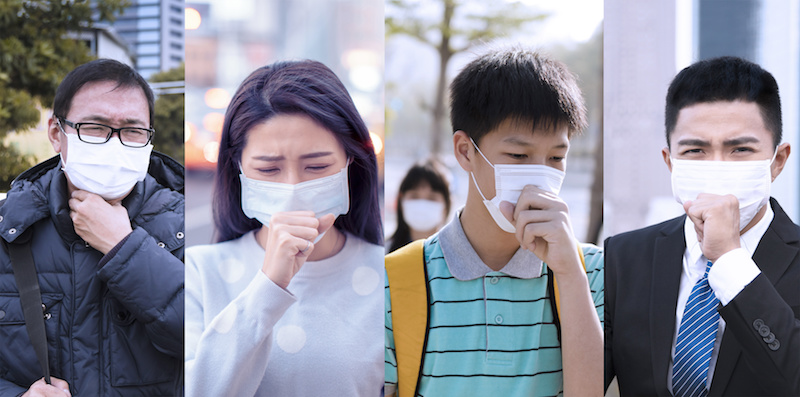According to a German study, bottled water contains over 24,000 chemicals.
Bottled water has been the subject of much controversy lately. These bottles contain chemicals like BPA, which have shown detrimental health effects. Studies have also shown that they contain chemicals called phthalates, which are known to disrupt hormones like testosterone.
The chemicals in bottled water and other bottled beverages are leeched into the liquid. Amongst these chemicals is the endocrine-disrupting chemical, also known as di(2-ethylhexyl) fumarate, or DEHF. This chemical is unregulated.
The research team conducted tests on 18 different bottled water brands to look for endrocrine-disrupting chemicals. They found that there were 24,250 different types of chemicals present in the different bottled water brands.
The researchers found that bottled water in indeed filled with many dangerous chemicals that could disrupt the body’s hormonal system, mess with estrogen activity, and disrupt androgen receptors as well.
The study authors concluded:
According to the NRDC, bottled water is greatly hurting the environment. In New York City alone, the transportation of bottled water from Europe caused about 3,800 tons of climate changing pollution in the year 2006. Because consumers do not always recycle bottled water, they end up clogging landfills instead.
The study showing that bottled water contains over 24,000 chemicals was published in the journal Plos One.
Note: None of the information in our website is intended to diagnose, treat, cure or prevent any illness or disease. The content on our website is for educational purposes only.
DON’T FORGET to sign up for our weekly newsletter to get our latest articles, updates, free recipes and giveaways.
Don’t drink that water bottle: 14 brands of bottled water were recalled for E. Coli.
Take a close look: Do the canned foods in your pantry contain BPA?
For all you need to know about BPA.
REFERENCES:
1. “Bottled Water.” NRDC. N.p., n.d. Web. 25 Mar. 2016.
2. “Identification of Putative Steroid Receptor Antagonists in Bottled Water: Combining Bioassays and High-Resolution Mass Spectrometry.” PLOS ONE. N.p., n.d. Web. 25 Mar. 2016.

















